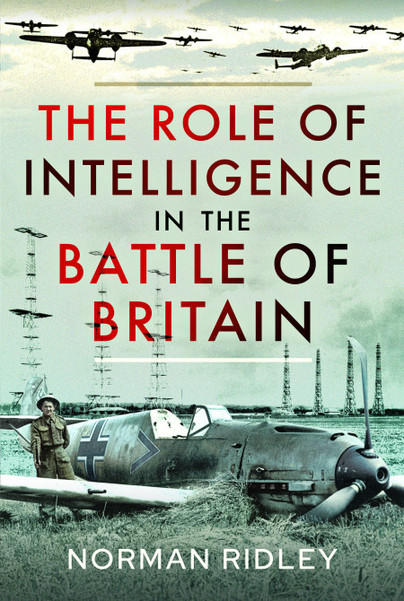Author Guest Post: Norman Ridley
The Decimation of 253 Squadron
The story of 253 squadron through the Battle of France and Dunkirk right up until the end of the Battle of Britain is one of intense involvement with considerable loss of men and machines. When the German Army broke through at Maastricht and Sedan, the French High Command made urgent demands for more British fighters to help shore up the rapidly deteriorating Allied military position. 253 Squadron was temporarily based at Vitry but very soon their circumstances were made all but impossible as forward airfields came under intense Luftwaffe bombardment. Rapid withdrawal was the only alternative to complete decimation. Damaged aircraft and equipment were abandoned or destroyed as the German Panzers surged relentlessly towards the Channel coast.
Between the 18th and 23rd of May, the squadron lost ten precious Hurricanes which had only just been received from the factory a few weeks earlier. Four pilots were dead and one made POW. The squadron was taken out of the front line and sent to Kirton-in-Lindsey to re-equip and re-organise. In July, as the Luftwaffe built up momentum for ‘Adlerangriff’, their plan for the destruction of RAF Fighter Command, the squadron went further north to Turnhouse, just outside Edinburgh. Air Chief Marshal Dowding was not prepared to commit all his resources immediately to the South Coast Sectors, preferring to instead build up a reserve force to relieve active units in what he anticipated would be a long and arduous air battle.

The time came for 253 to move south on the 29th of August and it was duly deployed to Kenley, just south of London. The scale of the challenge facing it was apparent when, on the following day, it lost no less than five aircraft with three pilots killed and another wounded. Squadron Leader Starr had taken over from Squadron Leader Gleave at the beginning of the month. Leading his squadron into combat on the 30th, his aircraft was damaged but able to land safely. Not so on the 31st, when he was shot down. He managed to bale out but is reported to have been machine-gunner during his descent and he fell to the ground dead. Squadron Leader Gleave, who was still with the squadron, although awaiting transfer, took temporary command and went into action later in the day. He was also hit and had to bale out of a burning aircraft. His injuries put him in hospital for many weeks.
Flying Officer William Cambridge, a flight commander with 253 was quickly promoted to Flight Lieutenant and ordered to take command in the absence of a senior officer at a time when Fighter Command was coming under severe pressure from Luftwaffe assault. Six days later he was also in trouble. This time, with no apparent enemy involvement, his aircraft malfunctioned and he was forced to bale out. The Hurricane was destroyed when it crashed so it was never possible to ascertain the nature of the problem but, having baled out, presumably unhurt, Cambridge fell dead to the ground.
Flight Lieutenant Gerald Edge, who was then with 605 Squadron, was promoted to Squadron Leader and brought in to take command. He was there for only twenty days before he too was forced to bale out of his aircraft. This time he fell injured into the sea and was lucky to be rescued by a small motorboat.
Command now passed to Flight Lieutenant Duke-Woolley, the squadron’s fifth commander in forty days. In the seventy days since moving down to Kenley the squadron saw nine pilots killed, including its two commanders, and a further twenty-one aircraft destroyed.
Many squadrons fought desperately hard during the Battle and many suffered grievous losses but not many could match the intensity of 253’s involvement which, in many ways, encapsulated not only the public perception of ‘The Few’ but also the reality of what they endured.

Order The Role of Intelligence in the Battle of Britain here.

